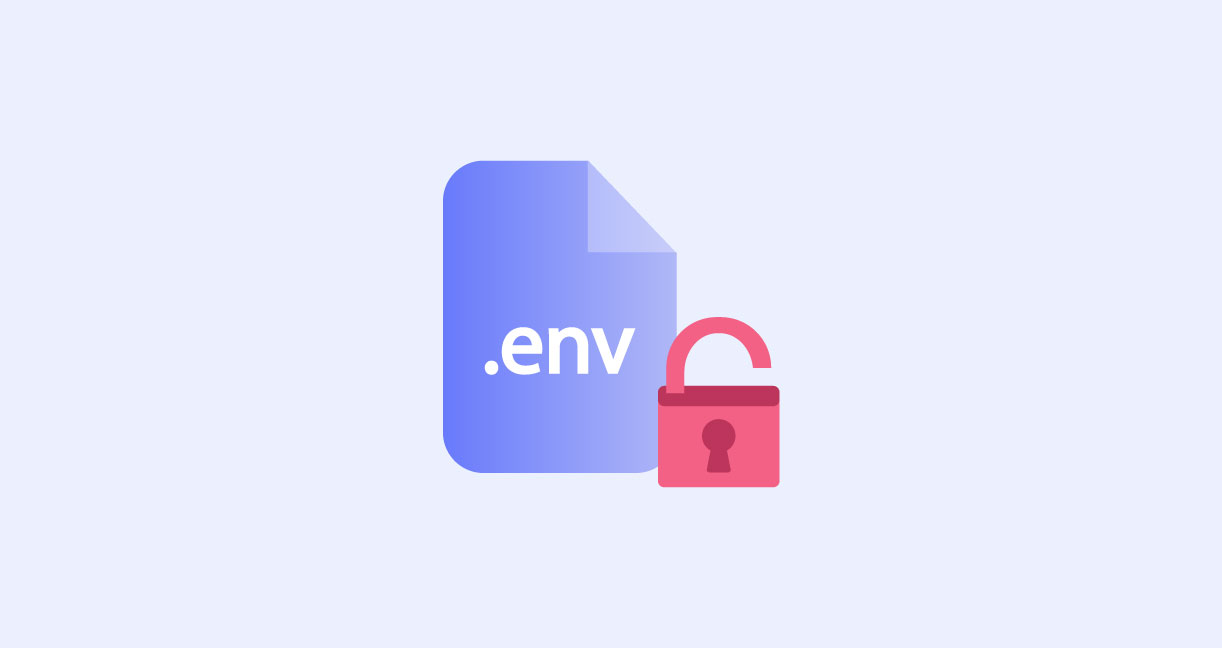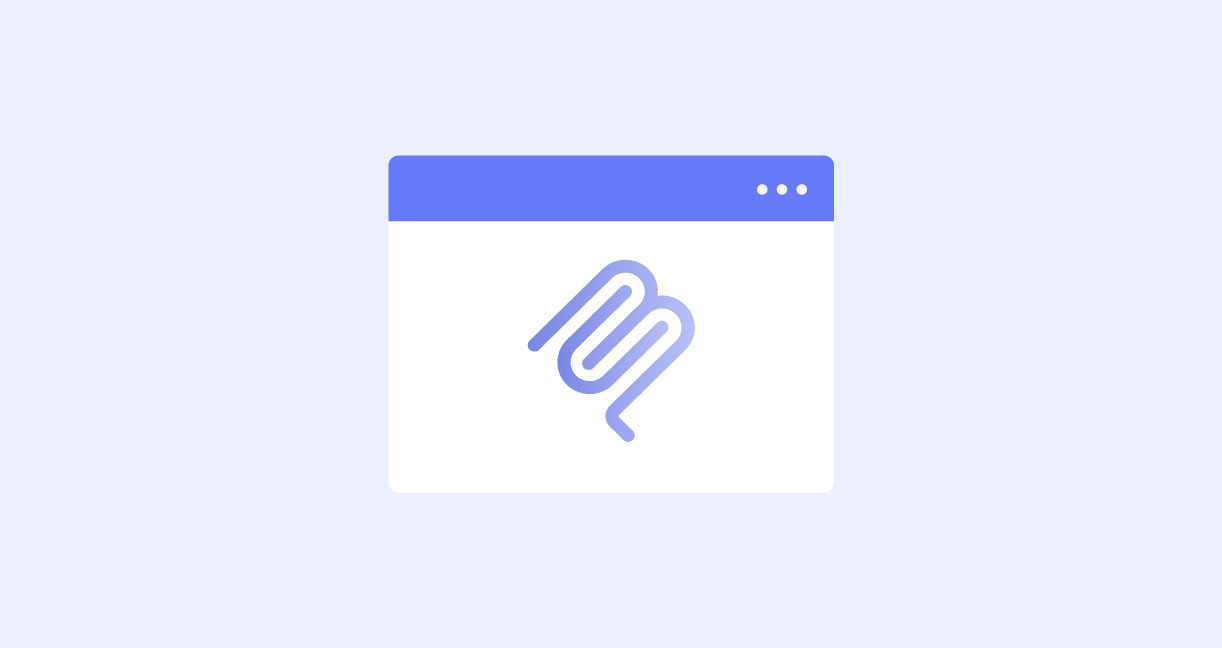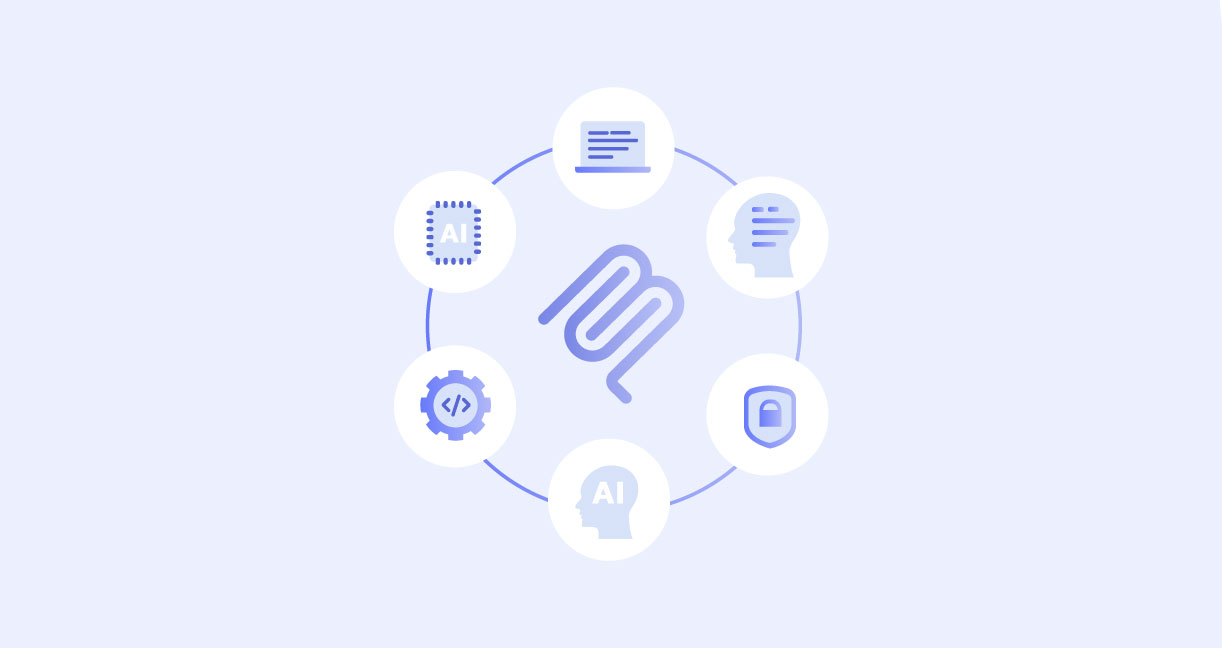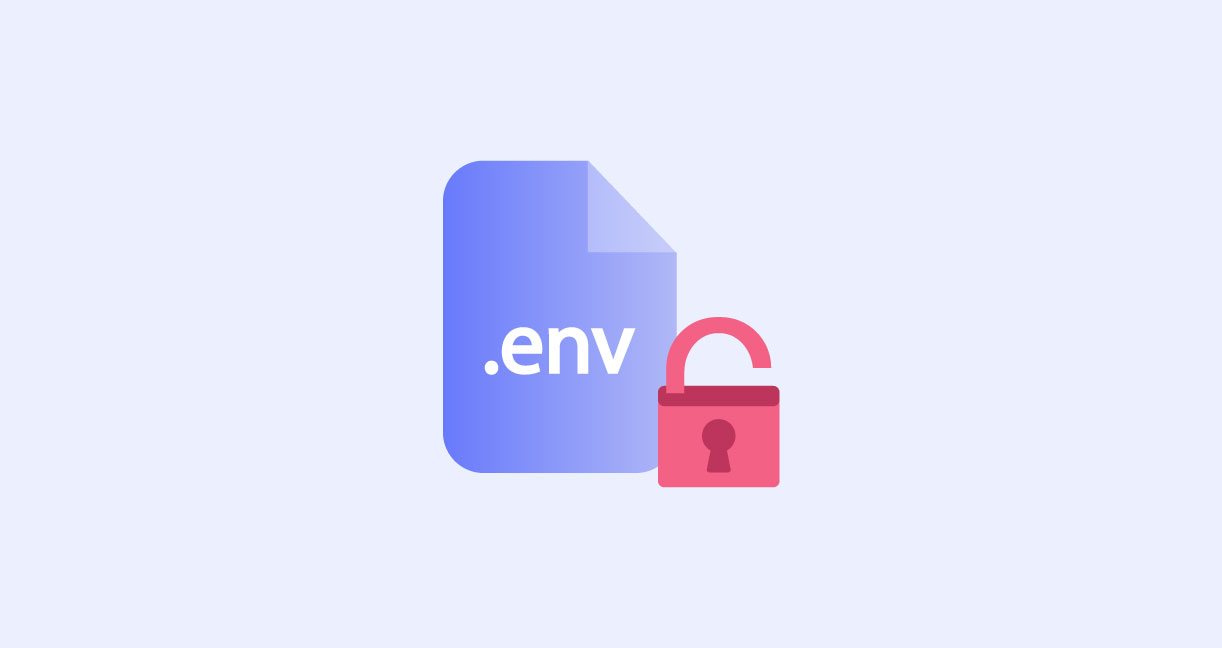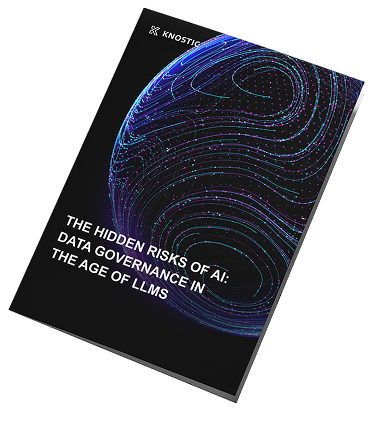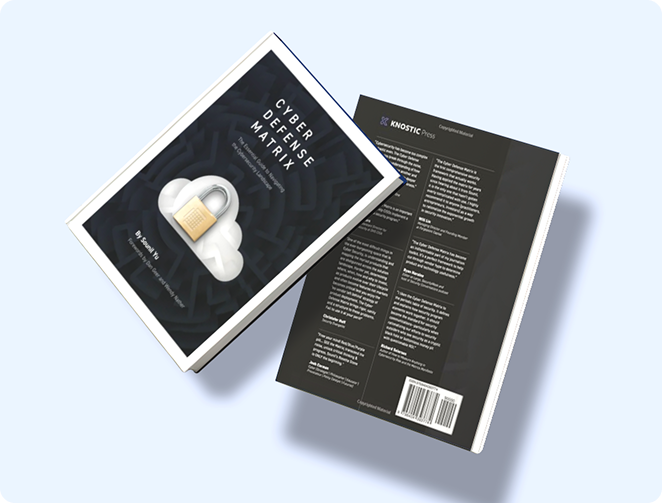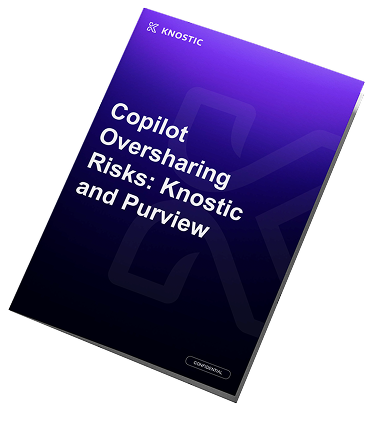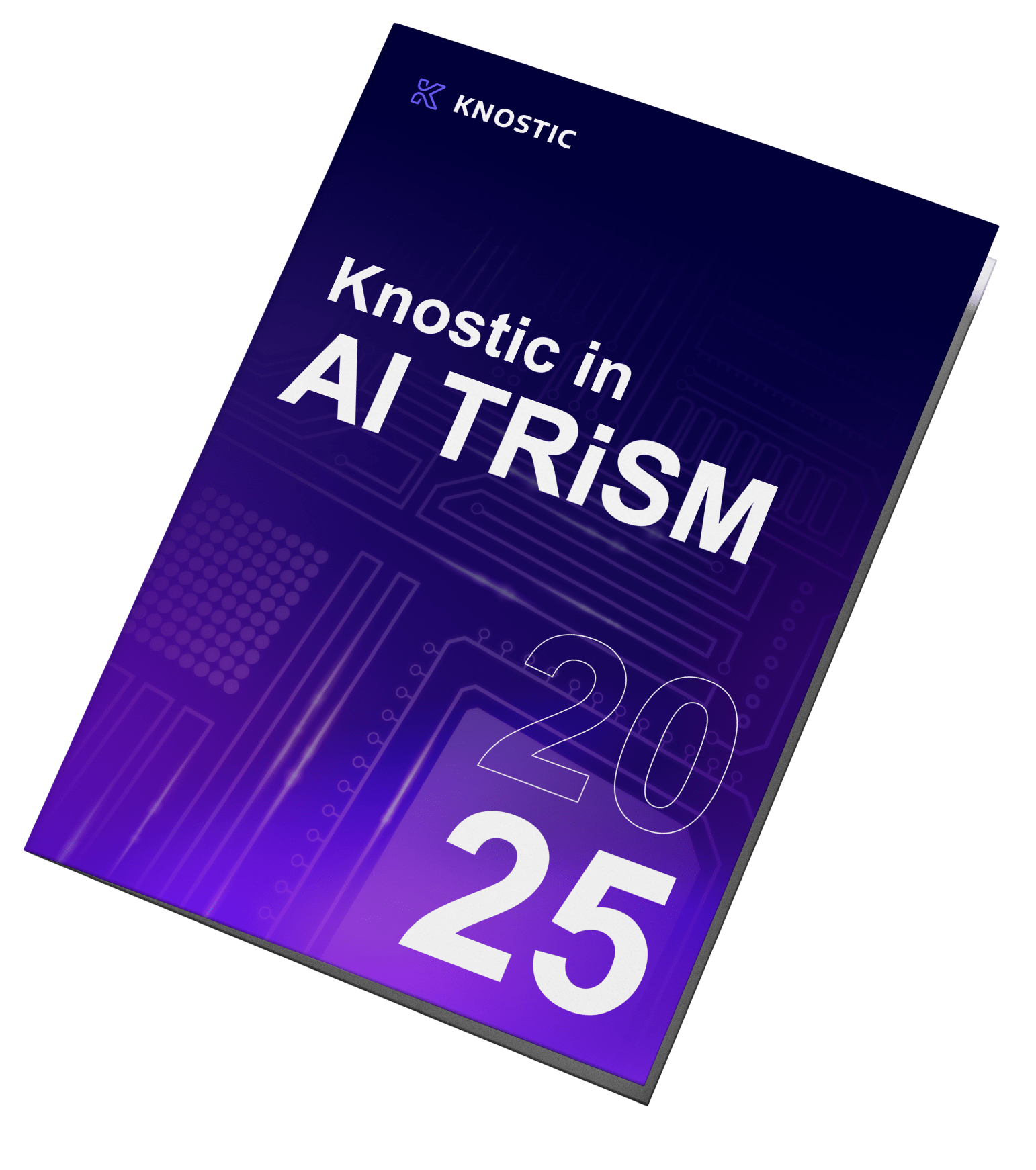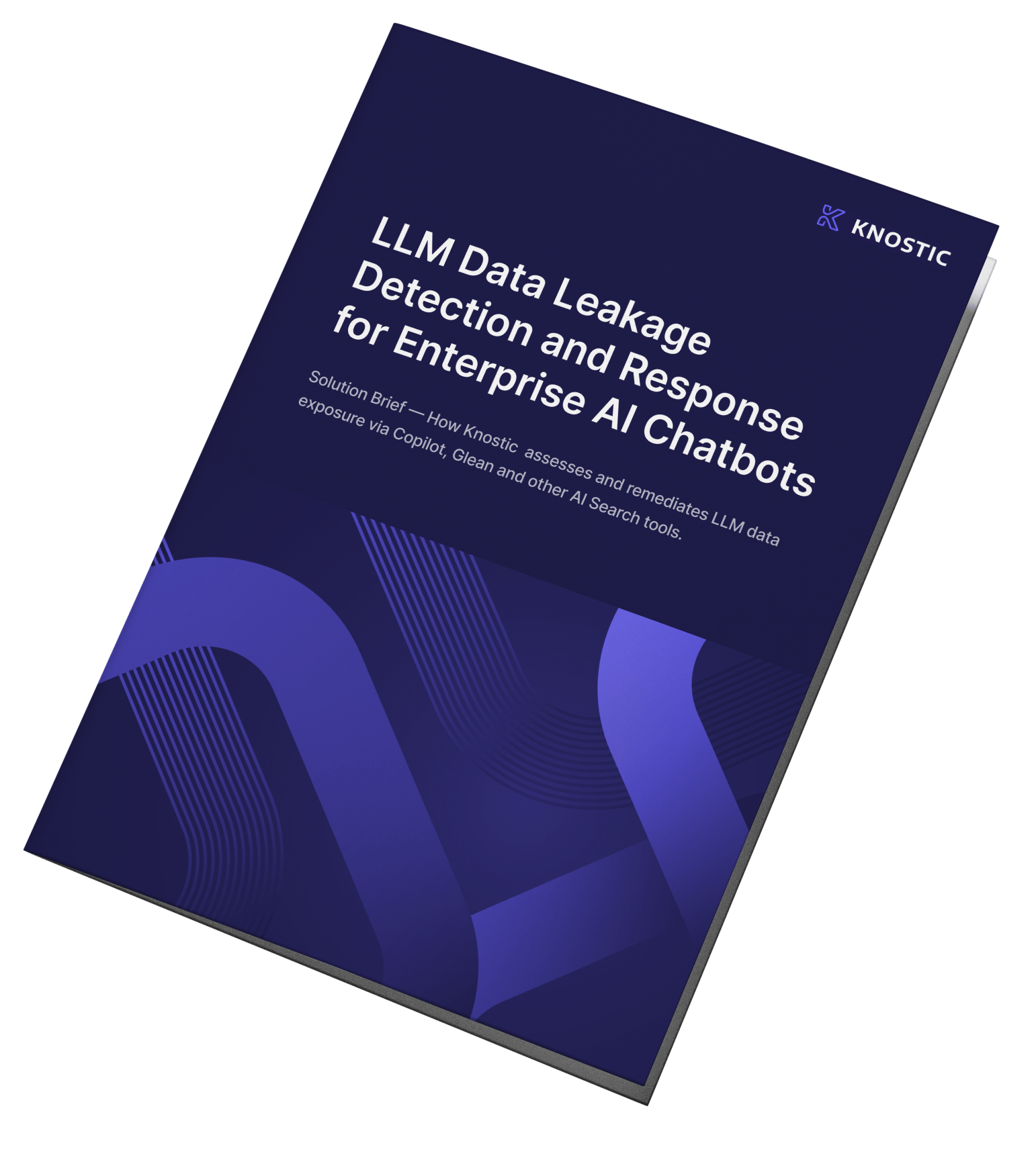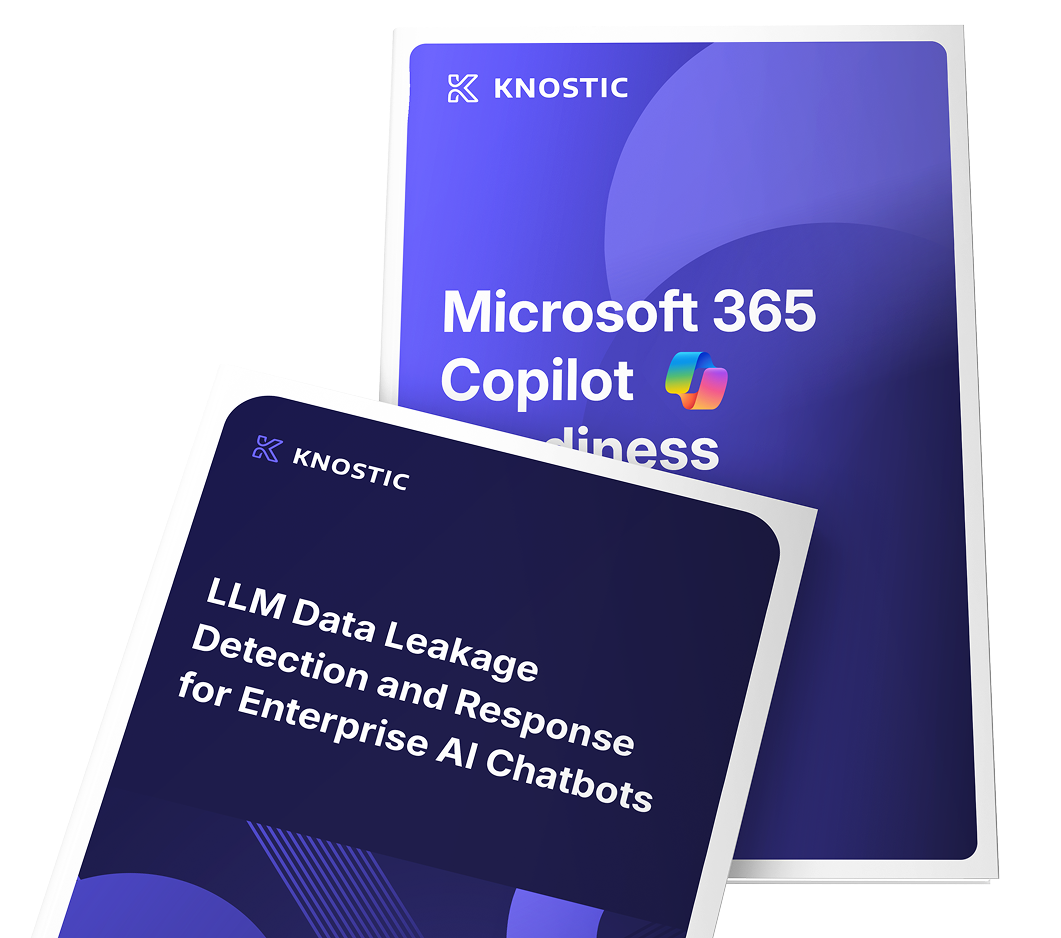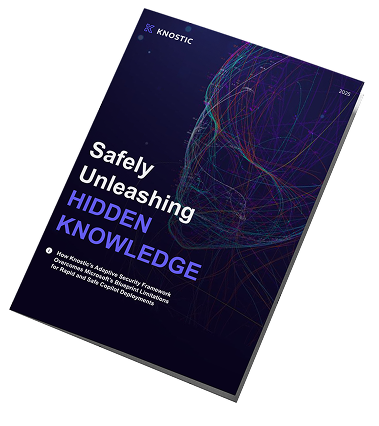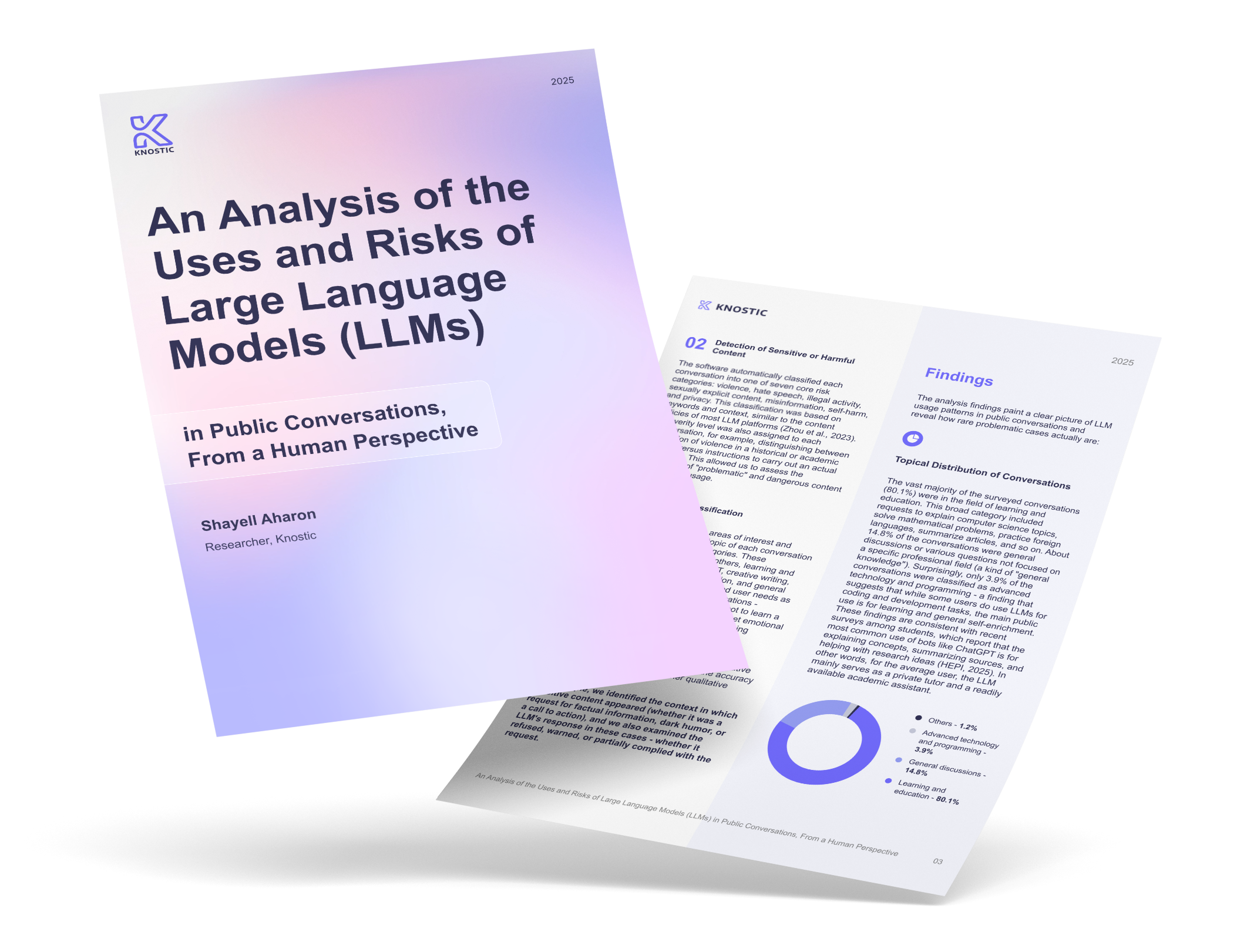Key Findings on Glean AI Security
-
Glean is an enterprise AI search engine that uses LLMs, vector search, and semantic understanding to retrieve internal information while respecting user permissions and organizational hierarchies.
-
Security is at the core of Glean’s design, featuring AES-256 encryption, SOC 2 and ISO 27001 compliance, zero-copy indexing, and strict tenant isolation to prevent data sprawl and ensure access boundaries.
-
Oversharing, defined as unintentional AI-enabled data exposure that circumvents static permission models, remains a critical risk due to LLMs’ ability to generate sensitive outputs by combining permissible but contextually inappropriate content, exposing gaps in traditional access control.
-
Knostic augments Glean by providing visibility into AI assistant activity and flagging overshared content, helping organizations enforce need-to-know boundaries and reduce the risk of sensitive information exposure.
What Glean Is and How It Secures Enterprise Search
Glean provides an enterprise AI search engine designed to help employees find information within their organization’s knowledge base. The platform utilizes vector search, semantic understanding, and ranking models to deliver relevant answers from both structured and unstructured data.
Unlike traditional search, Glean uses LLMs to understand queries in natural language. This retrieves context-aware answers in disparate systems. Glean’s AI model adapts to workplace knowledge and individual usage patterns to improve search relevance. According to Articlecube, employees spend around 1.8 hours per day, about 9 to 10 hours per week, searching for internal information. Platforms like Glean aim to reduce that inefficiency while maintaining data security, access control, and data confidentiality. For example, instead of requiring exact matches, Glean can answer natural language queries like “What are our Q2 OKRs for the sales team?” by retrieving strategy docs, slide decks, and Notion notes, even if none of them contain the query’s exact phrase. Traditional keyword search might miss these insights unless the user already knows which files to look for.
Secure data ingestion and connectors
Glean supports over 100 enterprise integrations, providing connections to systems such as Jira, Confluence, Zendesk, Box, as well as internal tools via APIs. These connectors ingest metadata, content, and permission information using secure OAuth flows or service accounts. Data ingestion is performed via secure HTTPS, and no data is moved without explicit authorization. The ingestion engine respects all permissions set by the source system. It pulls content, permission graphs, and metadata to power the search index, but never unnecessarily replicates sensitive source-side configurations.
Permission sync with RBAC inheritance
Permissions are automatically synced with source systems. It mirrors RBAC and inherits organizational hierarchies. This ensures that users only see content they are allowed to view, even when content is surfaced by AI summarization. For instance, if a document is accessible only to engineering leadership, the LLM won’t serve its contents to an intern. This model supports dynamic permission updates. When a user leaves a project, Glean removes their access immediately through delta-sync operations.
Encryption at rest and in transit, SOC 2 & ISO attestations
All data ingested into Glean is encrypted using AES-256 at rest and TLS 1.3 in transit. Glean data security complies with SOC 2 Type II and ISO/IEC 27001 standards. Encryption keys are managed using secure KMS that meet FIPS 140-2 requirements. These standards evaluate operational effectiveness over time, ensuring Glean not only has strong controls but that those controls are functioning as intended.
Glean Security Strengths
Modern enterprise search demands more than fast results; it requires secure, context-aware governance. Glean data security addresses this by minimizing data duplication, enforcing granular permissions, isolating tenants, and enabling complete audit visibility into every AI interaction.
Zero-copy index keeps documents in place
Unlike systems that replicate documents to external search stores, Glean operates on a zero-copy model. Content remains in its source location, and only indexed vectors and metadata are cached temporarily for performance. Zero-copy search architectures help minimize data sprawl and reduce attack surfaces by keeping documents in their original systems, thereby maintaining their integrity and enterprise AI search security. While zero-copy design reduces data sprawl by avoiding unnecessary duplication, access sprawl remains a distinct risk, specifically when broad entitlements allow users to view more than they should. This is where AI search increases exposure, as it can infer and present data from sources that the user has never directly accessed.
Granular ACL enforcement across all sources
Access Control Lists (ACLs) are supported at both index and query time. This means that even if a query matches content, the system checks whether the user has the necessary permission to view the underlying document before displaying the results. ACLs apply across cloud platforms, on-prem apps, and hybrid systems. Glean’s engine supports per-document, per-field, and even per-sentence ACL logic where applicable. It ensures that no LLM-powered summarization circumvents user-based access boundaries. For additional protection, a recent study introduces PermLLM, a framework that integrates organizational ACLs directly into LLM query responses. The findings show that incorporating layered ACL support within the LLM significantly enhances protection against the leakage of sensitive content compared to standard LLMs.
Tenant isolation and privacy controls
Each Glean customer operates in a logically isolated tenant. Data, models, and telemetry are siloed. There is no cross-tenant visibility or shared vector index. Glean implements strict privacy guards and segregated execution environments. Customer data is tagged with unique tenant identifiers at every stage of the pipeline. Query logs and feedback signals are stored within that context only. This is particularly important in regulated industries such as finance and healthcare.
Admin dashboards and audit logging
Glean data security provides administrators with real-time dashboards to track search usage, access attempts, permission changes, and LLM responses. These dashboards include audit trails that log every query, every response, and every document access path. Logs include timestamps, user identity, query context, and document retrieval paths. This enables forensic analysis after an incident has occurred. Glean retains logs based on customer-defined policies, typically between 30 and 365 days. Admins can stream LLM search monitoring activities, access events, and AI answer logs into centralized security systems for compliance monitoring and alerting.
Remaining Risks in AI-Powered Search
Even with strict access controls, LLM search systems remain vulnerable to nuanced forms of data exposure. From semantic drift to prompt leakage and weak connector validation, subtle breakdowns can lead to high-risk oversharing that traditional safeguards overlook.
Semantic drift that widens recall
Semantic drift refers to the gradual change in output quality when LLMs paraphrase or re-summarize content. A recent paper on semantic verification demonstrates that, over recursive summarization, even small changes in meaning can accumulate, leading to increasingly misguided or irrelevant search results. Another study on domain-specific enterprise data finds that LLM performance degrades sharply, and accuracy for rare entities can drop to as low as 6-20% compared to public benchmarks.
LLM oversharing of sensitive snippets
Published studies warn that generative AI systems may inadvertently disclose sensitive content. A 2025 paper on code‑generation models found notable risks of “unintended memorization,” where models output secrets embedded in training data. Additionally, research from 2024 into multi-turn prompt leakage found that sophisticated prompts led to leakage rates increasing from 17.7% to 86.2% in tests. These outcomes demonstrate how LLM search can expose confidential information by providing truthful answers to complex queries if adequate safeguards aren’t in place.
Static labels that miss usage context
Most enterprise search tools rely on static metadata tags or file-level sensitivity labels. However, LLMs synthesize answers across different sources. A recent paper on contextual LLM verification warns that static labels fail to capture dynamic usage patterns, increasing the risk of latent exposure. Without real-time awareness of retrieval context, AI systems may combine benign and sensitive content into a single output, bypassing label protections.
Why Oversharing Persists in LLM Search
LLMs introduce a new class of access risk where users receive information they are technically authorized to access, but not operationally cleared to know. This mismatch between access permissions and need-to-know creates blind spots in governance, particularly when AI combines fragments from multiple systems to produce sensitive outputs.
Need-to-know vs. can-access mismatch
Traditional access permissions define what a user can access, not what they need to know. That difference becomes vital in LLM search: while users meet permissions, the AI may surface details irrelevant to their role. The result is a compliance gap that static controls alone can’t close.
RAG blends permissions unintentionally
RAG frameworks dynamically collect snippets, then generate answers. By combining sources without verifying permissions at the time of answer creation, they create opportunities for unauthorized content leakage. Here, retrieval can cross permission boundaries silently, making LLMs accidental disclosers of private data. A significant risk arises when LLMs blend fragments from multiple systems, like Slack messages, Confluence pages, and internal emails, into a single answer. While each source alone may seem benign, their combination can unintentionally reveal sensitive strategy, timelines, or context that was never meant to be exposed in aggregate.
Scenario: confidential roadmap surfaced to interns
Imagine a junior team member inquiring about the product features for the next quarter. Even if the intern technically has access to specific internal docs, they may lack the clearance to hear strategic planning details. LLMs, however, will surface the detailed roadmap along with operational context, broadcasting sensitive strategy to unauthorized users. This often-overlooked exposure reveals why permission must be aligned with true need-to-know and integrated with AI governance.
Strategies to Close Oversharing Gaps
AI oversharing prevention requires a proactive posture built on real-time monitoring, dynamic reclassification, and systematic red-team testing. These controls ensure that generative systems enforce data boundaries even under adversarial or ambiguous prompt conditions.
Continuous prompt and response monitoring
Enterprise LLM deployments need more than role-based access control. They require real-time inspection of what users ask and what answers the AI delivers. In enterprise contexts, adversarial prompts can cause LLMs to reveal hidden content, with attacks achieving a success rate of up to 86.2% across models like GPT-4 and Claude in simulated scenarios.
Context-aware content reclassification
Most enterprise labeling tools use static data classifications. For example, a technical roadmap document might be tagged “internal,” but if used to answer a product timeline question for an offshore vendor, it’s now labeled sensitive. According to a 2025 paper on LLM privacy and security, systems that synthesize across different documents may not fully respect embedded data classifications, leading to blended outputs that cross usage boundaries and leak unintended information.
Scheduled LLM red-team simulations
Red-teaming is essential for LLM safety, but complex to scale. A survey in Red‑Teaming for Generative AI cites that many AI red-team efforts lack structure, rigor, and measurable impact. It argues that, while red‑teaming holds promise, current implementations often amount to security theater, lacking clear objectives or outcomes.
Knostic + Glean: Continuous Oversharing Control
Knostic provides comprehensive visibility into Glean-indexed content, monitoring prompt activity and enforcing dynamic access policies to detect and prevent sensitive data exposure before AI returns a response. Additional benefits are:
- The integration features context-aware mapping that extends beyond static ACLs to relate prompts to data lineage, thereby preventing the unintentional exposure of confidential information.
- Prompt simulation identifies potential leaks before they reach users, without slowing innovation of new apps or use cases.
- The explainability dashboard traces each AI-generated answer back to its source document and governing policy, meeting audit requirements such as NIST SP 800-53 Revision 5.
- The module is plug‑and‑play, requiring no code or architectural overhaul, and within hours delivers insights to make your AI search environment audit-ready by design.
What’s Next
Knostic makes enterprise AI safe by monitoring the invisible layer between data and AI output. It doesn’t replace your DLP or access control; it fills the gap they were never built to address. Download the Knostic solution brief to gain more information about the solution and discover how it can benefit you.
FAQ
- How secure is Glean?
Glean uses AES-256 encryption at rest, TLS in transit, and supports RBAC with inherited permissions. It is SOC 2 Type II and ISO 27001 certified, with full audit logging and tenant isolation.
- How does the Glean work?
Glean indexes content from over 100 enterprise sources and uses LLMs to deliver semantic search across all systems. It respects access controls and utilizes a zero-copy architecture, meaning documents remain in place and are never wholly duplicated.
- How does Knostic complement Glean?
Knostic Glean monitoring adds prompt simulation, response analysis, and to prevent oversharing by LLMs during Glean searches. It ensures that AI answers follow 'need-to-know' logic, not just 'can-access' logic.
